
This page is dedicated to all things Maui! Check back here to see the latest news, happenings, history, stories, and more.
I la maika’i nou – Have a nice day!
Surf Forecast

Paia Bay

View detailed surf forecast for Paia Bay at:
surf-forecast.com
Ho’okipa

View detailed surf forecast for Hookipa at:
surf-forecast.com
Kihei Cove

View detailed surf forecast for Kihei Cove at:
surf-forecast.com
Big Beach

View detailed surf forecast for Big Beach at:
surf-forecast.com
Lahaina Break Wall / Harbour

View detailed surf forecast for Lahaina Breakwall/Harbour at:
surf-forecast.com
Honolua Bay

View detailed surf forecast for Honolua Bay at:
surf-forecast.com
Maui Weather by Region, Cycle, and Month
The island of Maui is made up of numerous different sub-climates. Depending on where you are, the weather can act in a multitude of ways. For the most part, each area has a general weather pattern.
Below we’ve listed the weather that each part of the island typically holds.

Maui Weather Cycle

Paia Town
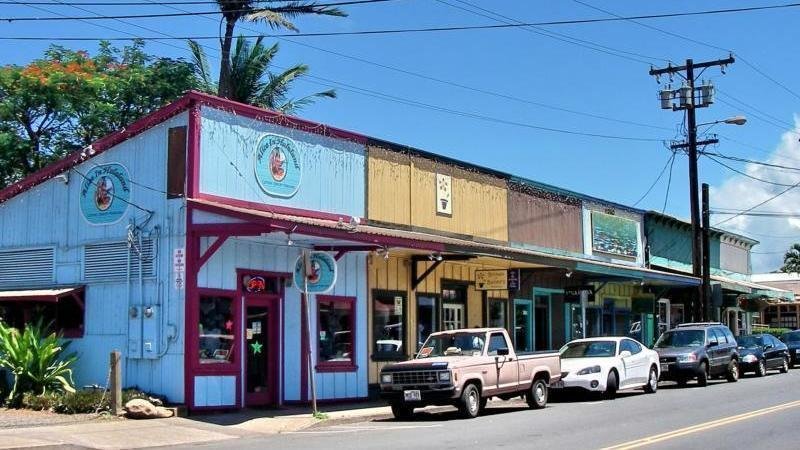
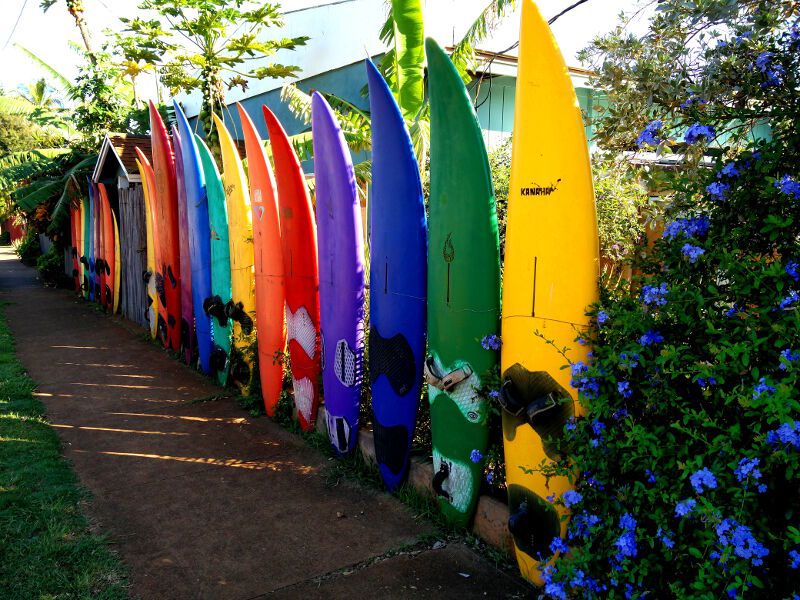

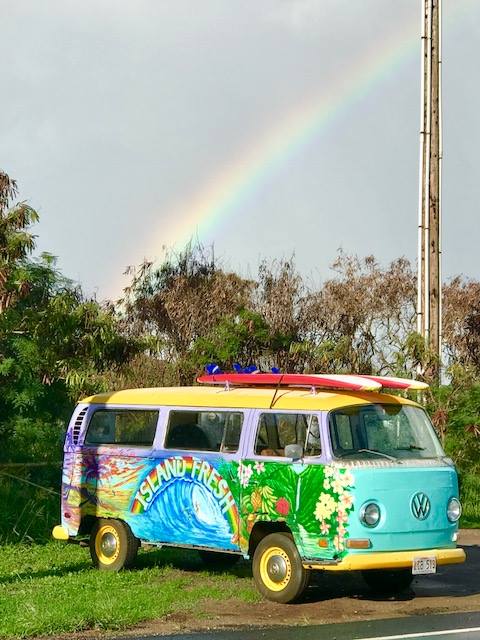
Molokini Crater

Molokini is a crescent-shaped, partially submerged volcanic crater which forms a small, uninhabited islet located in ʻAlalākeiki Channel between the islands of Maui and Kahoʻolawe, within Maui County in Hawaiʻi. It is the remains of one of the seven Pleistocene epoch volcanoes that formed the prehistoric Maui Nui island, during the Quaternary Period of the Cenozoic Era. Molokini is one of only three volcanic calderas in the world. Located just a few miles off Maui’s shore, it is Hawaii’s only island marine sanctuary. Scientists believe Molokini Crater formed about 150 thousand years ago.
Molokini rises from 300 feet below the ocean’s surface and is just under a half-mile wide and peaks at about 160 feet above sea level with half of it being hidden under the surface of the ocean. Divers and snorkelers flock from all around the world to experience the incredible underwater marine life.
Hana

Along Maui’s rugged eastern coastline is the peaceful town of Hana, considered one of the last unspoiled Hawaiian frontiers. The legendary road to Hana is only 52 miles from Kahului; however, the drive can take anywhere from two to four hours to complete since it’s fraught with narrow one-lane bridges, hairpin turns and incredible island views.
The Hana Highway (HI-360) has 620 curves and 59 bridges. The road leads you through flourishing rainforests, flowing waterfalls, plunging pools and dramatic seascapes. Please keep in mind that you’ll encounter challenging turns and narrow bridges along the way, so it’s important to exercise caution and take your time. There are plenty of opportunities to stop and enjoy the lovely views, so get an early start and take your time on your drive. While it’s all about the journey, once you reach the beautiful and quiet town of Hana, you’ll see why it’s worth the trip.
Haleakalā Summit

Towering over the island of Maui and visible from just about any point, Haleakala Crater is a force of nature in every sense. At 10,023 feet above sea level, this dormant volcano is the stage for a breathtaking range of landscapes—and skyscapes. Haleakala means “house of the sun” in Hawaiian, and legend goes that the demigod Maui lassoed the sun from its journey across the sky as he stood on the volcano’s summit, slowing its descent to make the day last longer.
Many visitors wake up early to drive to the Haleakala Visitor Center, the best spot to watch what may be the most spectacular sunrise on earth. As the sun peeks over the horizon, an ever-changing swirl of color and light dance across the vast sea of clouds—a sight described by Mark Twain as “the most sublime spectacle I have ever witnessed.” Perhaps just as impressive are Haleakala’s sunsets and the bright, starry skies revealed at night.
Haleakala National Park covers the summit area of the larger of the two volcanic mountains that make up Maui. The National Park’s boundary has fingers that extend down the Hana side of the mountain, all the way to the ocean. The entire park includes the Kipahulu area, where Ohe’o Gulch (Seven Pools) and Pipiwai Trail are found.
Lahaina

Once known as Lele, which means “relentless sun” in Hawaiian, Lahaina is a historic town that has been transformed into a Maui hotspot with dozens of art galleries and a variety of unique shops and restaurants. Once the capital of the Hawaiian Kingdom in the early nineteenth century, Lahaina was also a historic whaling village during the whaling boom of the mid-1800s. Up to 1,500 sailors from as many as 400 ships took leave in Lahaina, including Herman Melville, who immortalized the era in his classic novel Moby Dick.
Today, Lahaina is on the National Register of Historic Places. You can still get a feel for old Lahaina as you stroll down lively Front Street, ranked one of the “Top Ten Greatest Streets” by the American Planning Association. Visit historic stops like the U.S. Seamen’s Hospital, Hale Paahao (Lahaina Prison), the Pioneer Inn, Maui’s oldest living banyan tree and other sites on the Lahaina Historic Trail. Approximately 55 acres of old Lahaina have been set aside as historic districts.
Get Active with these Unforgettable Maui Experiences
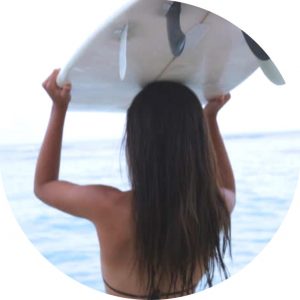
Surf & Stand Up Paddle board lessons & outings for private or group
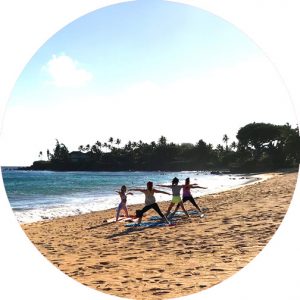
Join us mornings for a yoga flow with the sounds of the sea and the spirit of Maui. The sun and the ocean will teach us, too! All levels & ages welcome.
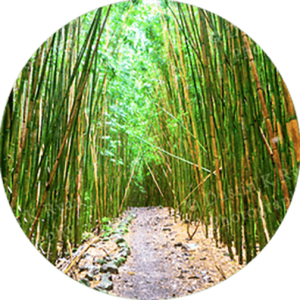
Enjoy a meditative outing in nature with a hike & yoga on one of Maui’s epic trails
